
Four months of meditation improved quality of life and psychological symptoms in patients with CAD, according to research presented at ESC Preventive Cardiology 2023.

Four months of meditation improved quality of life and psychological symptoms in patients with CAD, according to research presented at ESC Preventive Cardiology 2023.
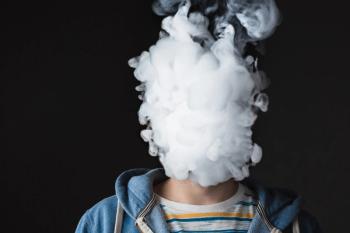
About 60% of dual vapers experienced depression and 52% experienced anxiety, according to findings from a survey of over 2500 youth and young adults.

Rebekah Bernard, MD, family physician and national speaker on physician wellness shares 3 pieces of advice on connecting with colleagues again.

Yale Food Addiction Scale author Ashley Gearhardt, PhD, and National Poll on Healthy Aging director Jeffrey Kullgren, MD, MS, MPH, highlight new survey findings.

Primary care is increasingly the setting for mental health discussions, diagnosis, and treatment, underscoring the need for both structural and process change.

Your daily dose of clinical news you may have missed.
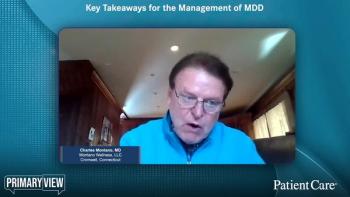
Carmen Kosicek, MSN, PMHNP-BC; Charles Montano, MD; and Gus Alva, MD, DFAPA, provide take-home messages for the management of patients with MDD and other depressive disorders.
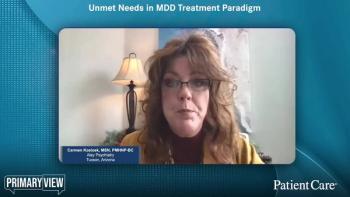
Experts in psychiatry examine emerging agents and unmet needs for the management of MDD.

Reductions in depressive symptoms were greater in adolescents aged ≥13 years and in those with a mental illness and/or depression diagnosis, according to systematic review and meta-analysis.

The novel oral agent is administered once daily for 14 days and has demonstrated rapid and sustained improvement in symptoms across trials.
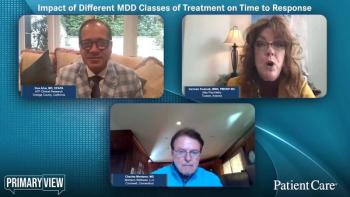
Charles Montano, MD, and Carmen Kosicek, MSN, PMHNP-BC, comment on the impact of various classes of MDD treatments on time to achieve goals and/or response.
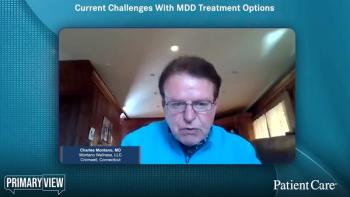
Carmen Kosicek, MSN, PMHNP-BC, leads a discussion on the level of satisfaction for both patients and providers with currently available MDD treatment options, barriers to access, and the impact of residual symptoms on a patient’s quality of life.

Mental health issues among health care professionals have always been normal; now that we can acknowledge them, we must, says a family physician and wellness advocate.
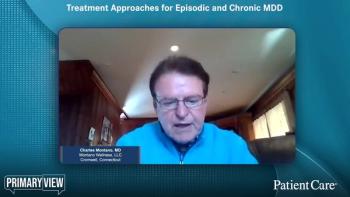
Experts in psychiatry share their treatment approaches for the management of episodic and chronic MDD.
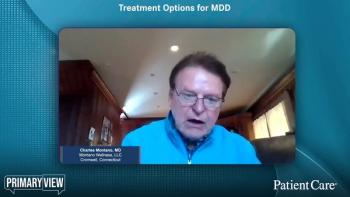
Charles Montano, MD, and Carmen Kosicek, MSN, PMHNP-BC, review currently available treatment options for the management of MDD and criteria used for treatment selection.
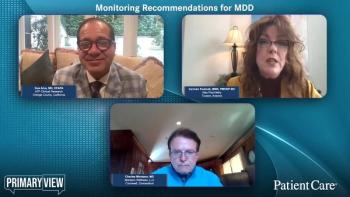
Charles Montano, MD, and Carmen Kosicek, MSN, PMHNP-BC, provide advice regarding monitoring for adverse events and compliance with different classes of MDD treatment and review suggestions for follow-up and special patient populations.
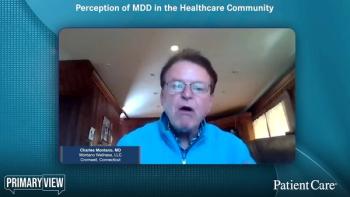
Experts in psychiatry share their thoughts on the perception of MDD within the healthcare community and the implications of this condition being viewed as chronic vs episodic.
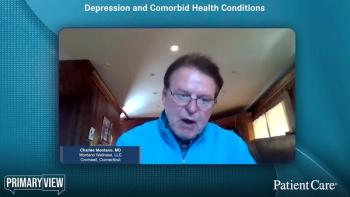
Carmen Kosicek, MSN, PMHNP-BC, and Charles Montano, MD, comment on the interplay between depression and other comorbid psychiatric and medical health conditions as well as the economic impact of MDD.
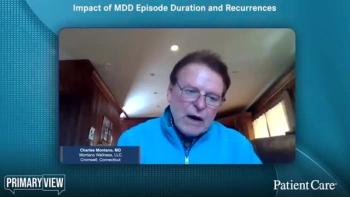
Charles Montano, MD; Carmen Kosicek, MSN, PMHNP-BC; and Gus Alva, MD, DFAPA, review the impact of the duration of MDD episodes and goals of managing episode recurrences.
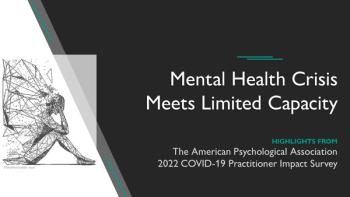
While 60% of US psychologists have no openings for new patients, demand for treatment continues to rise, especially among adolescents and health care workers.

Not every physician has to be a mental health expert to assist their colleagues, staff, and patients in improving their mental well-being. Just start the conversation.

For the first time, the task force recommended screening children aged 8 and older for anxiety in primary care settings.
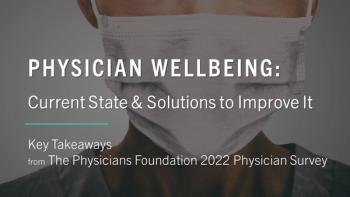
There was no change in physician burnout in the past year and it remains significantly higher than pre-pandemic times, according to a new nationwide survey.
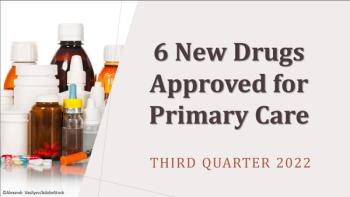
Novel NMDA receptor antagonist approved for the treatment of major depressive disorder, first topical PDE4i approved for plaque psoriasis, and more.

Telehealth continues to support continuity of care and to increase access to and willingness to use the health care system, according to survey authors.